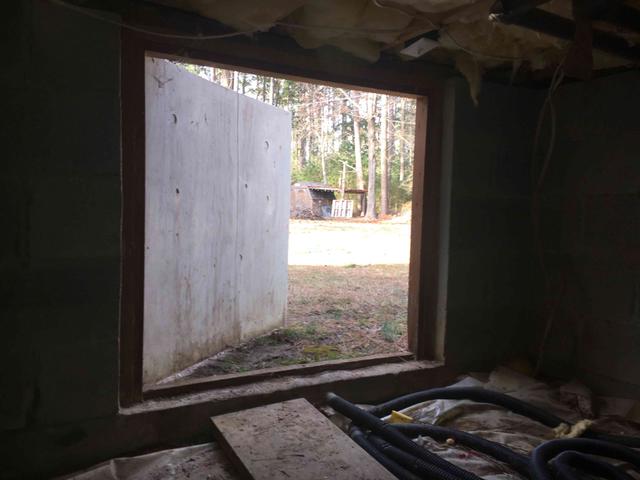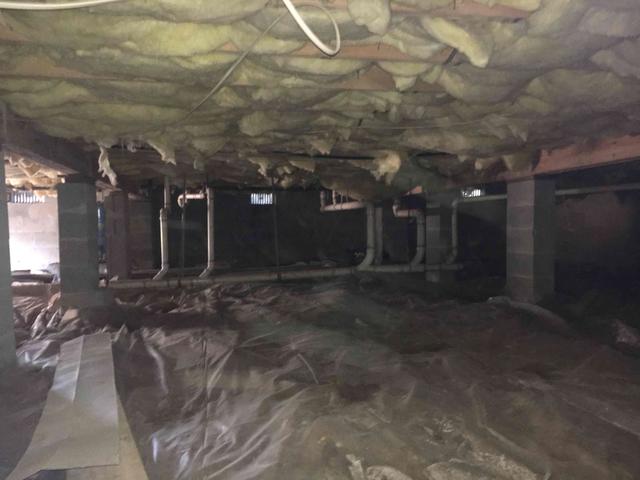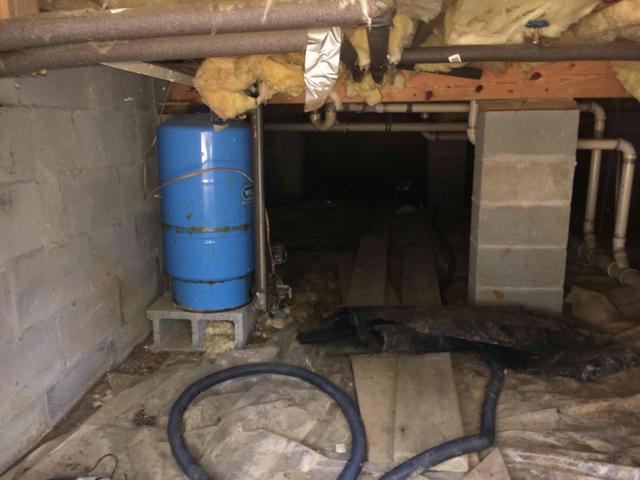
Crawl Space Door
Crawl Space doors are a significant source of air and moisture leakage into a crawl space. They are not airtight and are often warped, rotted, or damaged.

Interior Foundation Drainage
Around the perimeter of the crawl space, we see evidence that bulk water has caused some erosion. Bulk water can come from the ground or flow under the foundation walls or through cracks in the wall.

Falling Insulation
Fiberglass insulation absorbs water like a sponge. As this occurs, the moisture damages the fibers of the material causing it to delaminate or pull away from itself. Insulation begins to look like it is dripping from the ceiling. In addition, the moisture adds weight to the material causing it to pull away from the floor.

Open Vents
Hot humid air flows into the crawl space through openings in the foundation walls. The main culprit is foundation vents, but gaps in your home's foundation also contribute. These gaps include the sill plate, the rim and band, and any penetrations through the block wall to the outside.

Debris & Vapor Barrier
Many crawl spaces have debris left from the home's construction, maintenance on equipment in the crawl space, or storage. The 6-mil vapor barrier installed at construction is not durable enough to withstand this kind of traffic causing it to be torn or displaced. In addition, the liner is not sealed to the walls, itself, or piers. This means it is not protecting the crawl space from the earth's moisture.

